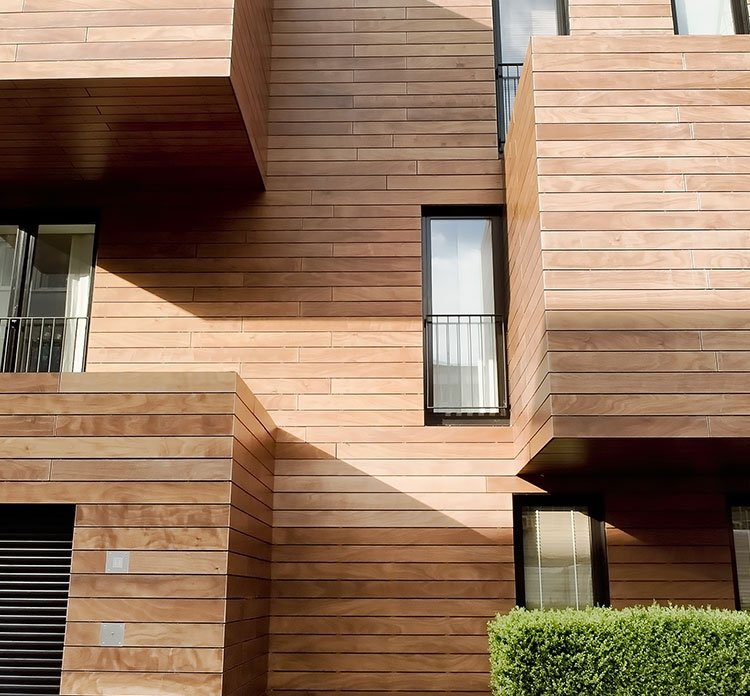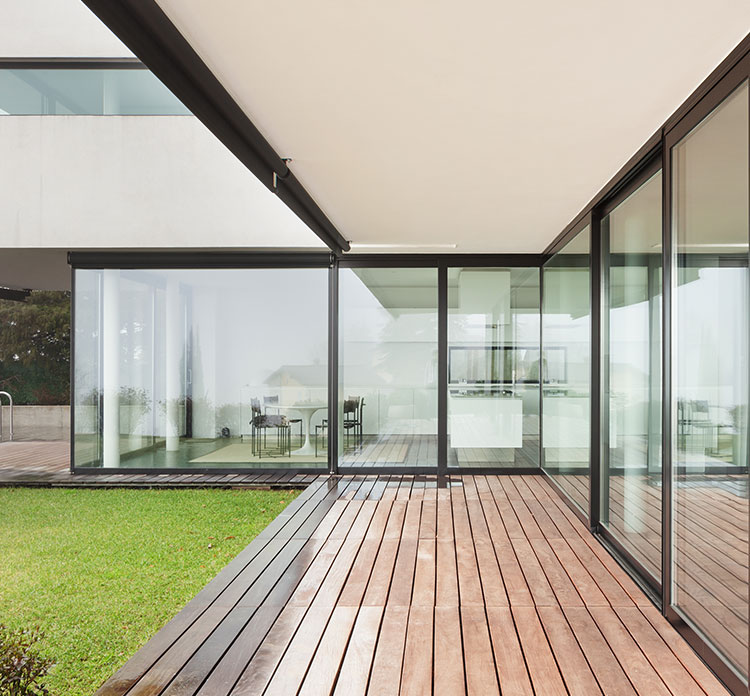3.5 Contract Negotiation
- Home
- Our Services
- 3.5 Contract Negotiation
All Kinds of Buildings in Schematic or Working Design
Here at BCA we feel skillfully negotiating construction contracts should go beyond contracts that clients can live with, to contracts that are designed to lean in their favor. A truly successful construction contract gets as close as possible to a win-win position for each party. If this is not the case one of the parties may leave the relationship, or ends the project, without performing up to the standards that are expected. A fair contract protects both parties’ interests while ensuring they each accept the risks over which they have control.
It is important to lay out the groundwork for negotiation the contract terms by having well defined roles and responsibilities called out in the bidding documents. If necessary legal counsel will review the terms of the contract and recommend any modification prior to contract execution. As contracts are reviewed the necessary time is devoted to identifying the types of clauses that traditionally stack the deck against one of the parties involved. By knowing what to look for and the different options to amicably modifying them, an appropriate balance can be achieved.
There are inherently key contract provisions which pose risks to both the general contractors as well as the clients that require negotiation. Because the scope of work to be performed often becomes contentious as projects move forward, it is necessary to initially focus on these items. Another area that needs to be clearly identified and clearly spelled out are the different warranties for the various parts of pieces of a project.
While it is vital for the general contractor to have full control over the schedule, there needs to be the flexibility to change things as needed. This needs to be explicitly spelled out in the contract along with the terms and conditions of project payments. Since all payments ultimately flow from the client, it is important to clearly spell out how the general contractors will make subcontractor payments. This will help protect the client’s assets as well as the progression of the project. One of the most important issues to thoroughly address prior to the execution of any contract are how to handle conflicts with changes during the course of construction. This is accomplished by clearly delineating the construction change order process and how written authorization is requested and obtained prior to executing any addition work.
Insurance coverages of both the general contractors as well as their subcontractors need to be reviewed to ensure the liability risks to the clients are limited. General contractors need to specify the exact coverage they will carry as well as what they require of each of their subcontractor’s performing work on the project.
The final key consideration that needs to be properly addressed and evaluated includes specifying how disputes will be resolved. Delays can have a large effect on the schedule, and also on the project’s bottom-line, making them an important item for negotiation. The goal is to identify all possible delays to the project and to focus on the types of compensation and their amounts instead of just whether or not compensation should be paid. The use of liquidated damages is one tactic that can be taken but it must be presented and agreeable to all parties involved.
Contract negotiation involves flexibility by all parties involved. It can be a very successful process that begins with the client clearly understanding the contract clauses that affect them the most. It is only then through compromise and creativity in negotiations with the other party, you end up with a contract that serves everyone involved with the work and the project itself.


In design, we bring characteristics of the natural world into built spaces, such as water, greenery, and natural light, or elements like wood and stone. Encouraging the use of natural systems and processes in design allows for exposure to nature, and in turn, these design approaches improve health and wellbeing. There are a number of possible benefits, including reduced heart rate variability and pulse rates, decreased blood pressure, and increased activity in our nervous systems, to name a few.
Over time, our connections to the natural world diverged in parallel with technological developments. Advances in the 19th and 20th centuries fundamentally changed how people interact with nature. Sheltered from the elements, we spent more and more time indoors. Today, the majority of people spend almost 80-90% of their time indoors, moving between their homes and workplaces. As interior designers embrace biophilia.

3D modeling
Studio provides a full range
of 3D interior modeling
ROOM MEASUREMENT
Development of iperfect design
of the project
2d planning
We provide 2D planning
for great visualization
What People Say

Anna Paulina
Client of Company
Pablo Gusterio
Client of Company
